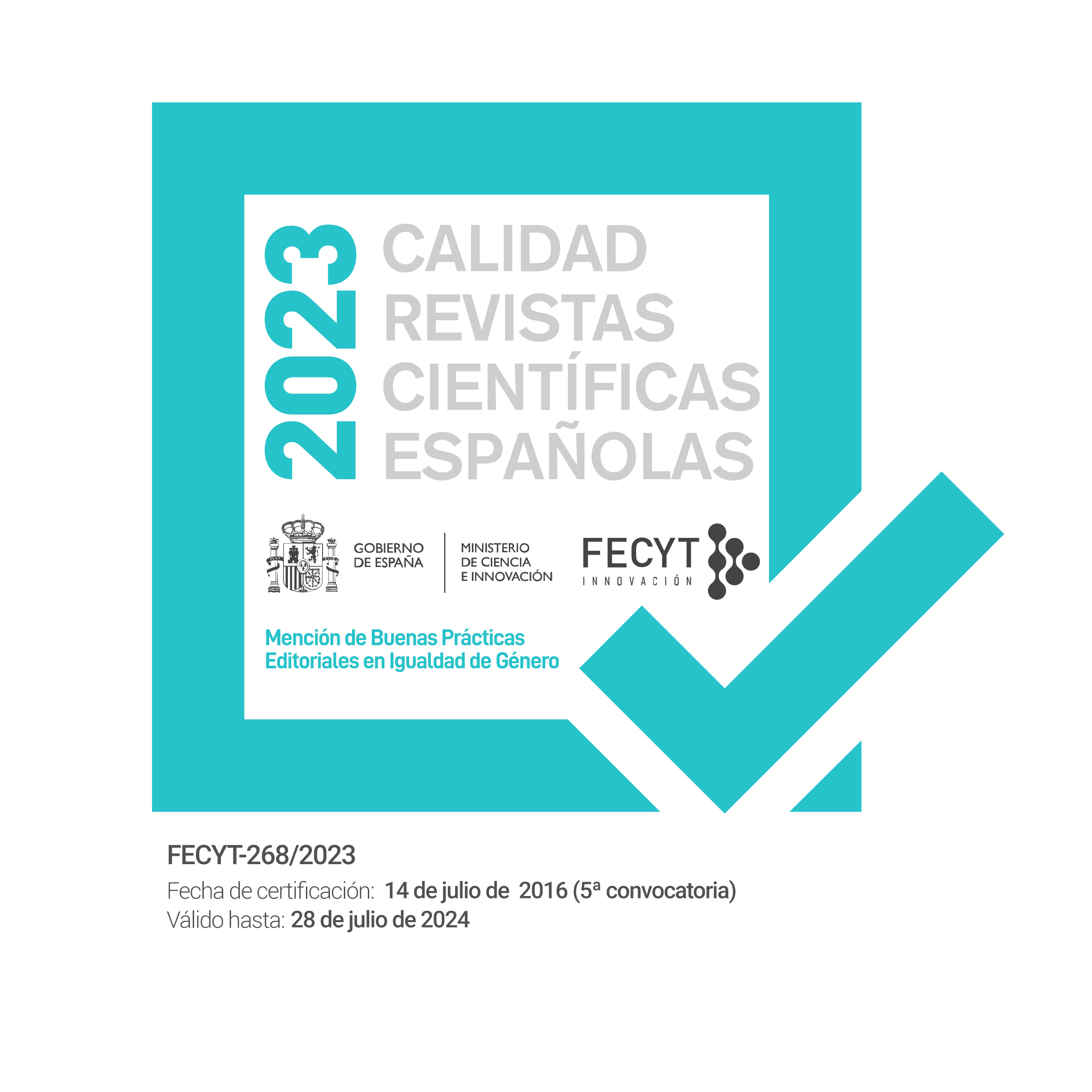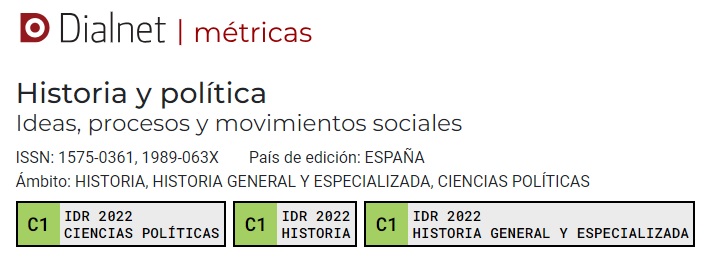Gender, ethnicity, class, and the breadth of suffrage in Chile and Peru
Perspectives among suffragists
DOI:
https://doi.org/10.18042/hp.2024.AL.01Abstract
Who gets included and when are longstanding issues in the study of historical democratization. Latin America —as did the advanced industrialized world— followed a mostly piecemeal process of formal inclusion, extending suffrage to specific
groups through different episodes of reform. This form of inclusion followed political logics of how new voters might alter officeholding patterns and the balance of power among existing political parties, minimizing degrees of uncertainty. At the same time, this approach to treating specific groups separately reflects how social categories were constructed and politicized. This article focuses on this later component analyzing how women suffragists in Chile and Peru viewed their inclusion and that of other groups along gender, class, and ethnic lines. The persistence of a literacy restriction to suffrage that had a disproportioned impact on indigenous women is the main vehicle to analyze how these exclusions were viewed. The analysis shows that most first wave feminists emphasized the need for a degree of education for citizenship, accepting the literacy requirement. In terms of ethnicity, the myth of an ethnically homogenous nation in Chile prevented linking the literacy requirement with the exclusion of indigenous people. In Peru, that link was clear, and some voices questioned the exclusion of indigenous peoples. Overall, the article shows the importance of dominant discourses and domestic contextual factors in suffragists’ understanding of the relationship between the inclusion/exclusion of different groups.
Downloads
Published
Issue
Section
License
Copyright (c) 2024 Isabel Castillo

This work is licensed under a Creative Commons Attribution-NonCommercial-NoDerivatives 4.0 International License.
Authors whose contributions are accepted for publication in this journal, accept the following terms:
a. The authors retain their copyright and guarantee to the magazine the right of first publication of their work, which will be simultaneously subject to the Creative Commons Attribution License Attribution-Noncommercial-No derivative works 4.0 Spain, which allows third parties to share the work as long as its author and its first publication is indicated.
b. Authors may adopt other non-exclusive license agreements to distribute the version of the published work (e.g. deposit in an institutional repository or archive, or published in a monographic volume) provided the initial publication in this journal is indicated.
PLAGIARISM AND SCIENTIFIC FRAUD
The publication of work that infringes on intellectual property rights is the sole responsibility of the authors, including any conflicts that may occur regarding infringement of copyright. This includes, most importantly, conflicts related to the commission of plagiarism and/or scientific fraud.
Plagiarism is understood to include:
1. Presenting the work of others as your own.
2. Adopting words or ideas from other authors without due recognition.
3. Not using quotation marks or another distinctive format to distinguish literal quotations.
4. Giving incorrect information about the true source of a citation.
5. The paraphrasing of a source without mentioning the source.
6. Excessive paraphrasing, even if the source is mentioned.
Practices constituting scientific fraud are as follows:
1. Fabrication, falsification or omission of data and plagiarism.
2. Duplicate publication.
3. Conflicts of authorship.





